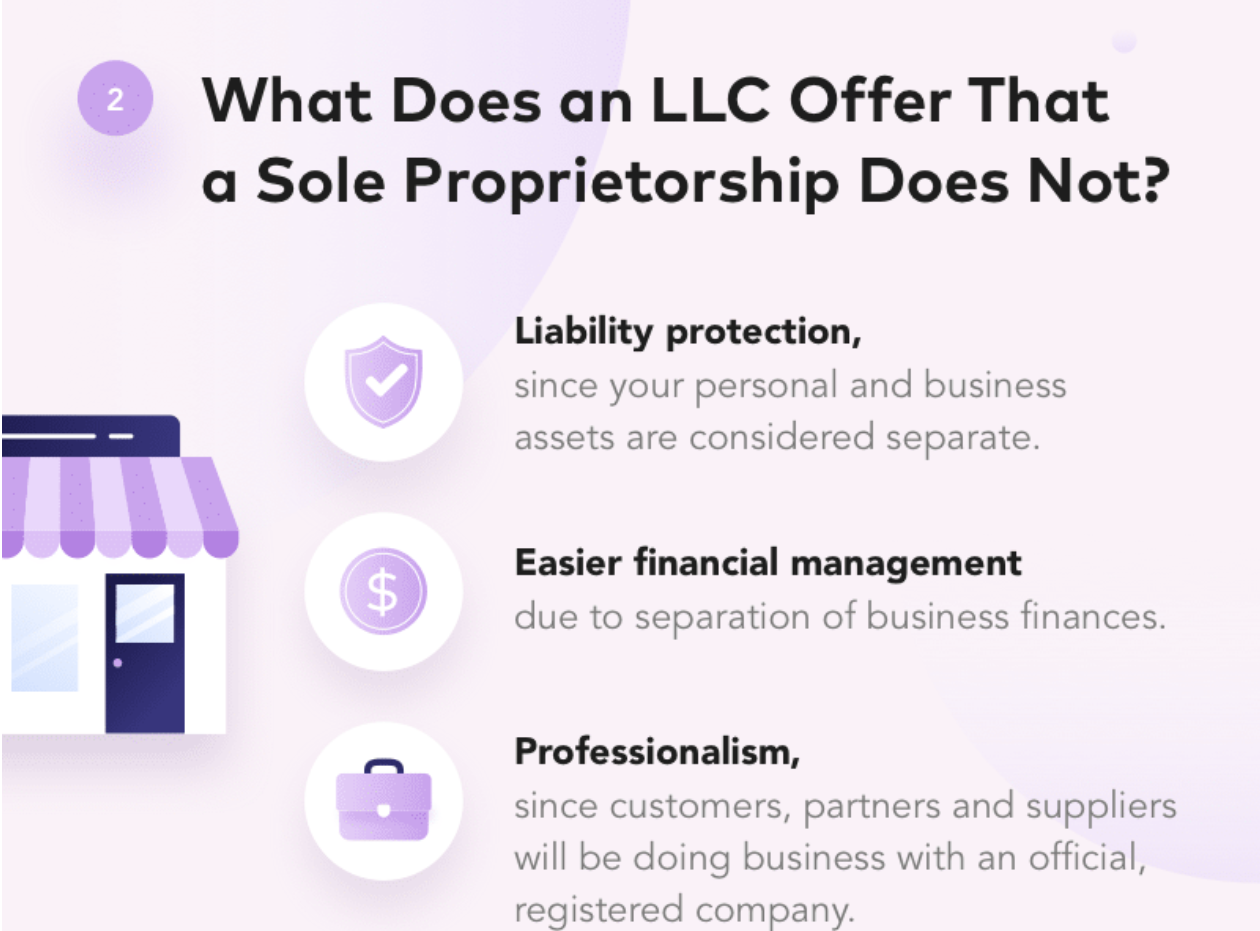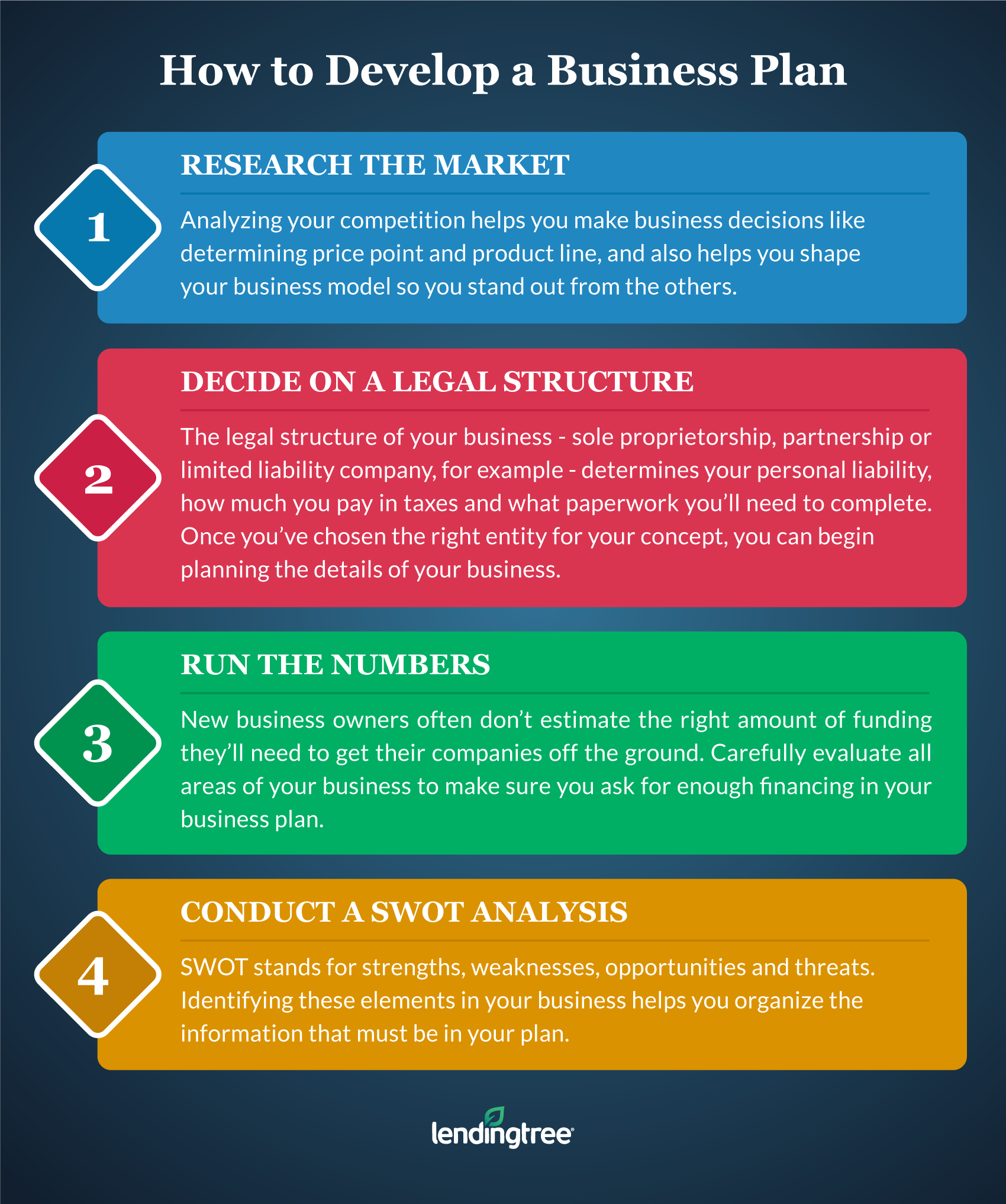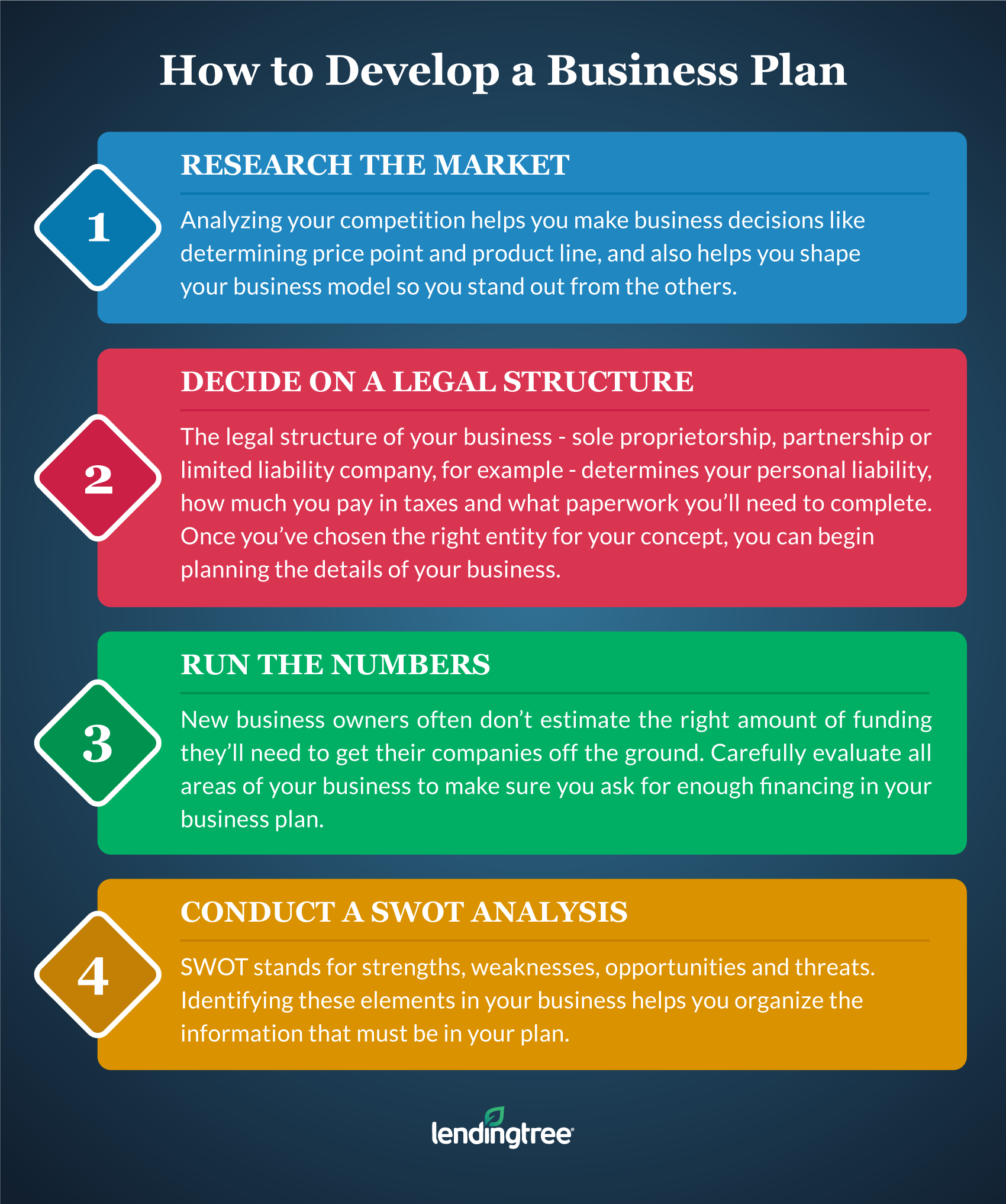
Unlocking the World of Private Equity Investing: A Beginner’s Comprehensive Guide
Have you ever heard whispers about incredibly wealthy investors buying entire companies, transforming them, and selling them for massive profits, all away from the glare of the stock market? That, in a nutshell, is the intriguing world of Private Equity (PE) investing.
While public stock markets are where you can easily buy shares of companies like Apple or Amazon, private equity operates behind the scenes, dealing with companies that aren’t listed on any exchange. It’s a powerful, often misunderstood, and highly lucrative corner of the financial world.
This comprehensive guide will demystify private equity investing, breaking down its complexities into easy-to-understand concepts for beginners. Whether you’re an aspiring investor, a business owner, or simply curious, you’ll gain a solid understanding of what private equity is, how it works, and why it’s a significant force in global finance.
What Exactly is Private Equity?
At its core, private equity investing involves investing capital into companies that are not publicly traded on a stock exchange. Unlike public companies, whose shares are bought and sold by millions of investors daily, private companies have a limited number of owners.
Think of it this way:
- Public Companies: Your local grocery store where anyone can walk in and buy a share of stock.
- Private Companies: A private club where only select members are invited to invest.
Private equity firms raise money from wealthy individuals and institutional investors (like pension funds and university endowments). They then use this pooled capital to acquire stakes in private companies, or even take public companies private, with the ultimate goal of improving their operations and selling them later for a significant profit.
Key Characteristics of Private Equity:
- Private: Investments are made in companies not listed on stock exchanges.
- Long-Term Horizon: PE firms typically hold investments for 3-7 years, sometimes longer.
- Active Management: Unlike passive stock market investing, PE firms actively work with the management teams of their portfolio companies to improve performance, cut costs, or expand market share.
- Illiquid: It’s very difficult to sell your investment quickly, as there’s no open market. Once your money is committed, it’s locked in for years.
- High Risk, High Reward: While the potential returns can be substantial, so are the risks involved.
The Main Strategies Within Private Equity
"Private Equity" is an umbrella term that encompasses several distinct investment strategies. While they all involve investing in private companies, their focus, risk profile, and target companies differ significantly.
1. Buyouts (Leveraged Buyouts – LBOs)
This is the most common and often what people mean when they refer to "private equity."
- What it is: Private equity firms acquire a controlling stake, or even 100%, of an established company. They often use a significant amount of borrowed money (debt) to finance the acquisition – hence "Leveraged Buyout."
- Target Companies: Mature, stable companies with consistent cash flow that can be used to pay down the debt. These companies might be underperforming, need strategic changes, or simply be undervalued by their current owners.
- How it Works: The PE firm buys the company, works with management to improve its operations (e.g., streamline processes, expand into new markets, make bolt-on acquisitions), and then typically sells the company to another PE firm, a strategic buyer (another corporation), or takes it public again via an Initial Public Offering (IPO).
- Example: A PE firm buys a struggling retail chain, brings in new management, closes unprofitable stores, invests in e-commerce, and sells it a few years later when it’s much healthier.
2. Venture Capital (VC)
Often confused with private equity, Venture Capital is a specific subset focused on early-stage companies.
- What it is: Investing in young, high-growth potential startups that are often pre-revenue or have minimal revenue.
- Target Companies: Technology startups, biotech firms, innovative new businesses with disruptive ideas.
- How it Works: VC firms provide seed funding, Series A, B, C, etc., rounds of financing to help startups develop products, scale operations, and gain market share. They take equity stakes in exchange for capital.
- Risk Profile: Extremely high risk, as most startups fail. However, the few successes (like Google, Facebook, Airbnb, Uber) can generate astronomical returns, compensating for many failures.
- Example: A VC firm invests in a small tech company developing a new AI-powered software, hoping it will become the next big thing.
3. Growth Equity
Growth equity sits somewhere between venture capital and buyouts.
- What it is: Investing in more mature, but still rapidly growing, companies that need capital to scale up, expand into new markets, or make acquisitions, but don’t necessarily need a change of control.
- Target Companies: Companies with proven business models, significant revenue, and profitability, but that require a capital injection to accelerate growth.
- How it Works: Growth equity firms typically take a minority stake (less than 50%) and provide capital to fuel expansion without taking on the large debt associated with LBOs.
- Example: A successful software company needs capital to build out a new sales team and enter international markets, but its founders want to retain control.
4. Distressed Debt/Special Situations
- What it is: Investing in financially troubled companies or purchasing their distressed debt at a discount, with the aim of restructuring the company or converting the debt into equity.
- Target Companies: Companies on the brink of bankruptcy or already in bankruptcy.
- How it Works: These firms aim to profit from a turnaround, often by taking control during a restructuring process and revitalizing the business.
Other Niche Strategies:
- Infrastructure: Investing in roads, bridges, utilities, power plants.
- Real Estate: Large-scale commercial property development and acquisition.
- Fund of Funds: Investing in multiple private equity funds, offering diversification but often adding another layer of fees.
How Does Private Equity Investing Work? The Mechanics
Understanding the players and the process is key to grasping the PE world.
The Key Players: LPs and GPs
-
Limited Partners (LPs): The Money Providers
- These are the investors who commit capital to private equity funds. They provide the money but typically have no involvement in the day-to-day management of the investments.
- Who are LPs?
- Institutional Investors: Pension funds (managing retirement savings), university endowments, sovereign wealth funds (government-owned investment funds), insurance companies.
- High-Net-Worth Individuals (HNWIs): Very wealthy individuals who meet specific criteria (often called "accredited investors").
- Family Offices: Private companies that manage the investments and wealth of a single affluent family.
-
General Partners (GPs): The Managers
- These are the private equity firms themselves, like Blackstone, KKR, Carlyle, Apollo, etc. They manage the private equity funds, identify investment opportunities, conduct due diligence, execute deals, and oversee the portfolio companies.
- What GPs Do:
- Raise capital from LPs.
- Source and evaluate potential investments.
- Perform rigorous due diligence.
- Negotiate and execute acquisitions.
- Actively manage and improve the acquired companies.
- Seek profitable "exits" (sales) for their investments.
The Private Equity Fund Structure
- Pooled Capital: GPs raise large pools of capital from multiple LPs, creating a "private equity fund." This fund has a finite lifespan, typically 10-12 years.
- Capital Calls: LPs don’t hand over all their money upfront. Instead, they commit a certain amount. The GP then "calls" for tranches of that capital as they identify and close new investments.
- Blind Pool: LPs commit money to a fund without knowing exactly which companies the GP will invest in. They trust the GP’s expertise and investment strategy.
The "2 and 20" Fee Structure
This is the standard compensation model for private equity firms:
-
Management Fee (the "2"):
- Typically around 2% of the committed capital (or sometimes invested capital) per year.
- This fee covers the PE firm’s operating expenses, salaries, office space, and deal sourcing efforts. It’s paid regardless of the fund’s performance.
-
Carried Interest (the "20"):
- This is the performance fee, typically 20% of the fund’s profits above a certain hurdle rate.
- A "hurdle rate" is a minimum return (e.g., 8%) that LPs must receive before the GP starts earning carried interest. This aligns the GP’s interests with those of the LPs.
- This is where PE firms make their real money if their investments perform well.
The Private Equity Investment Lifecycle
- Fundraising: The GP raises capital from LPs for a new fund.
- Sourcing Deals: The PE firm actively seeks out potential companies to acquire, often through networking, industry contacts, and investment bankers.
- Due Diligence: Once a target company is identified, the PE firm conducts an intense, deep dive into its financials, operations, legal standing, market position, and management team. This can take months.
- Acquisition: If due diligence is successful, the PE firm negotiates the purchase price and terms, often involving significant debt financing (for LBOs).
- Value Creation: This is the core of PE. The firm works closely with the portfolio company’s management to:
- Improve operational efficiency (cost cutting, supply chain optimization).
- Expand into new markets or develop new products.
- Make "add-on" acquisitions to grow the company.
- Strengthen management teams.
- Optimize capital structure.
- Exit: After several years (typically 3-7), the PE firm seeks to sell the company to realize its profit. Common exit strategies include:
- Sale to a Strategic Buyer: Another corporation that wants to integrate the portfolio company into its existing business.
- Sale to Another Private Equity Firm (Secondary Buyout): One PE firm sells to another.
- Initial Public Offering (IPO): Listing the company on a stock exchange, allowing the public to buy shares.
Why Do Companies Choose Private Equity?
It’s not just PE firms looking for opportunities; companies often seek out private equity investment for various reasons:
- Access to Capital: PE firms provide large sums of capital that might be unavailable through traditional bank loans or public markets, especially for companies that need a major overhaul or rapid expansion.
- Operational Expertise: Beyond money, PE firms bring deep industry knowledge, strategic guidance, and a network of experts who can help improve operations, governance, and management.
- Flexibility and Speed: Compared to navigating the complexities of public markets, a private equity deal can be executed more quickly and with more flexibility in terms of structure and negotiation.
- Privacy: Being private means avoiding the intense public scrutiny, quarterly reporting requirements, and regulatory burdens that come with being a public company.
- Succession Planning: For family-owned businesses, selling to a PE firm can provide a clear exit strategy for founders or enable the next generation to take a different path.
- Turnaround Situations: For struggling companies, PE firms specializing in distressed assets can provide the capital and expertise needed for a significant restructuring and turnaround.
The Pros and Cons of Private Equity Investing (For Investors)
Investing in private equity is not for everyone. It comes with a unique set of advantages and disadvantages.
Advantages (Pros):
- Potentially Higher Returns: Historically, private equity has outperformed public markets over the long term, driven by active management, leverage, and the ability to find undervalued assets.
- Diversification: PE investments often have a low correlation with public market performance, offering diversification benefits to a well-rounded portfolio.
- Active Management & Value Creation: Unlike passive stock investing, PE firms actively work to improve companies, which can lead to sustainable growth and higher returns.
- Access to Unique Opportunities: PE allows investors access to promising private companies that are unavailable on public exchanges.
- Long-Term Focus: PE firms are not driven by quarterly earnings pressure, allowing them to make long-term strategic decisions that may not immediately boost profits but build greater value over time.
Disadvantages (Cons):
- Illiquidity: This is the biggest drawback. Your capital is locked up for many years (typically 10-12 years for a fund), and there’s no easy way to sell your investment early.
- High Fees: The "2 and 20" fee structure, while standard, can significantly eat into returns if the fund doesn’t perform exceptionally well.
- High Risk: While returns can be high, the risk of loss is also substantial. Some funds or individual investments may underperform or even fail entirely.
- Long Capital Commitment: Funds have a long investment horizon, requiring investors to commit capital for extended periods.
- Lack of Transparency: Private companies don’t have the same disclosure requirements as public ones, meaning less public information is available. LPs rely heavily on the GP’s reporting.
- Access Limitations: Only accredited investors or institutional investors can typically invest directly in private equity funds due to high minimum investment requirements and regulatory restrictions.
- J-Curve Effect: PE funds often show negative returns in their early years due to management fees and investment costs, before turning positive as investments mature and exits occur. This initial dip is known as the "J-Curve."
Who Can Invest in Private Equity?
Due to its illiquidity, complexity, and high minimum investment thresholds, direct private equity investing is generally reserved for sophisticated investors.
-
Institutional Investors:
- Pension Funds (e.g., CalPERS, TIAA)
- University Endowments (e.g., Harvard, Yale)
- Sovereign Wealth Funds (e.g., Norway’s Government Pension Fund Global)
- Insurance Companies
- Large Foundations
-
High-Net-Worth Individuals (HNWIs) / Accredited Investors:
- In the U.S., an "accredited investor" typically means an individual with a net worth over $1 million (excluding primary residence) or an annual income exceeding $200,000 ($300,000 for married couples) for the past two years, with the expectation of maintaining that level.
- Minimum investments in private equity funds can range from several hundred thousand dollars to tens of millions.
Indirect Ways for Retail Investors to Get Exposure (with caveats):
While direct investment is out of reach for most, there are a few indirect avenues:
- Business Development Companies (BDCs): These are publicly traded companies that invest in small and mid-sized private companies, often providing debt financing. They offer some exposure to private companies but aren’t pure PE.
- Publicly Traded Private Equity Firms: You can buy shares of some private equity firms that are themselves publicly listed (e.g., Blackstone, KKR, Carlyle). However, you’re investing in the firm’s business rather than directly in their private funds’ performance.
- ETFs/Mutual Funds with PE Exposure: Some funds invest in BDCs, publicly traded PE firms, or companies that are frequent targets of PE firms. This offers indirect, diluted exposure.
Is Private Equity Investing Right for You?
For the vast majority of individual investors, direct private equity investing is not a suitable option due to the high barriers to entry, illiquidity, and long commitment periods.
However, understanding private equity is valuable for anyone interested in finance, business, or investment strategies. If you are a high-net-worth individual or manage institutional funds, consider the following:
- Risk Tolerance: Are you comfortable with significant risk and the potential for capital loss?
- Liquidity Needs: Can you afford to tie up a substantial amount of capital for 10+ years without needing access to it?
- Diversification Goals: Does PE fit into your overall portfolio strategy to enhance diversification and potential returns?
- Due Diligence on GPs: Are you capable of thoroughly vetting the private equity firms (GPs) you would commit capital to, assessing their track record, strategy, and team?
Always consult with a qualified financial advisor before making any significant investment decisions, especially in complex areas like private equity. They can help assess your financial situation, risk profile, and investment goals to determine if any form of private equity exposure aligns with your broader financial plan.
Conclusion
Private equity investing is a powerful and often lucrative sector of the financial world, driving growth and transformation in private companies globally. From the early-stage bets of venture capital to the large-scale buyouts of established firms, PE firms play a critical role in allocating capital and creating value.
While direct participation is limited to institutional and highly accredited investors, understanding its mechanics, strategies, and the pros and cons provides valuable insight into the broader investment landscape. As private markets continue to grow in importance, a grasp of private equity is becoming increasingly essential for anyone seeking to navigate the complexities of modern finance.




Post Comment